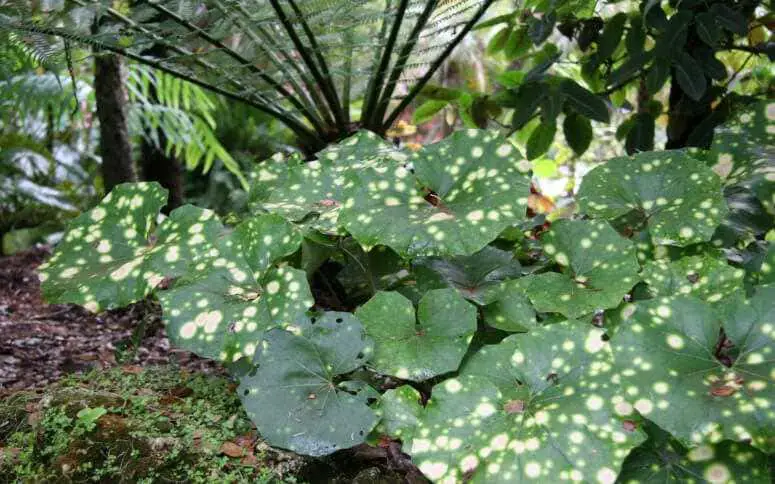Introduction:
Welcome to the verdant world of tractor seat plants! If you’re an avid gardener or simply someone who appreciates the beauty of nature, you’re in for a treat. In this comprehensive guide, we’ll delve into the intricacies of nurturing and growing the captivating tractor seat plant. From understanding its unique characteristics to mastering the art of cultivation, this article is your ultimate companion in the journey towards botanical bliss.
Understanding the Tractor Seat Plant
In this section, we’ll explore the defining features and characteristics of the tractor seat plant, shedding light on what makes it a standout addition to any garden.
The tractor seat plant, scientifically known as Farfugium japonicum, is a striking perennial that hails from East Asia. Its most distinctive feature? Large, glossy leaves that resemble the seat of a tractor, hence the whimsical name. With its bold foliage and vibrant yellow flowers, this plant adds a touch of drama and elegance to any landscape.
Cultivating Your Tractor Seat Plant
Now that we’ve acquainted ourselves with the allure of the tractor seat plant, let’s dive into the nitty-gritty of cultivation.
Selecting the Perfect Location
Choosing the right spot is crucial for the optimal growth of your tractor seat plant. Aim for a location with partial to full shade, as excessive sunlight can scorch its delicate leaves.
Preparing the Soil
Tractor seat plants thrive in well-draining, humus-rich soil. Prior to planting, amend the soil with organic matter to improve its fertility and texture.
Planting and Watering
When planting your tractor seat plant, ensure that the root ball is level with the soil surface. Water deeply after planting to promote establishment, and maintain consistent moisture levels to keep your plant happy and hydrated.
FAQs (Frequently Asked Questions)
How often should I water my tractor seat plant? To maintain optimal moisture levels, water your tractor seat plant whenever the top inch of soil feels dry to the touch. Avoid overwatering, as this can lead to root rot.
Does the tractor seat plant require fertilization? Yes, periodic fertilization can encourage healthy growth and blooming. Apply a balanced fertilizer during the growing season, following the manufacturer’s instructions.
What pests or diseases should I watch out for? While tractor seat plants are relatively resistant to pests and diseases, occasional infestations of aphids or spider mites may occur. Keep an eye out for any signs of pest damage and treat promptly with organic pest control methods if necessary.
Can I propagate my tractor seat plant? Absolutely! Tractor seat plants can be propagated through division or stem cuttings. Spring is the ideal time to divide established plants or take cuttings for propagation.
How tall does the tractor seat plant typically grow? Tractor seat plants typically reach a height of 12 to 18 inches, with a spread of 18 to 24 inches. However, certain cultivars may exhibit slightly different growth habits.
Is the tractor seat plant suitable for container gardening? Indeed, the compact size and ornamental foliage of the tractor seat plant make it an excellent choice for container gardening. Ensure that the container has adequate drainage holes to prevent waterlogging.
Conclusion:
In conclusion, the tractor seat plant is a true gem of the botanical world, renowned for its striking appearance and ease of cultivation. By following the guidelines outlined in this article, you’ll be well-equipped to nurture and cherish this botanical beauty in your own garden. So, roll up your sleeves, dig in the dirt, and let the journey towards tractor seat plant bliss begin!


